So I guess it’s named Cedar Bog but it isn’t a bog……that’s kind of bogging me.
Cedar Bog was actually really fun! I was not expecting to be walking on a boardwalk the whole time but it was nonetheless cool. Much more uniform and tourist-y from our previous field trips! What I remember from the lecture at the start of our trip is that a glacier pretty much created a huge ditch and created end moraines. So, when I say the bog is not a bog, I actually mean it is a fen. As Mike said, bogs are like a clogged bathtub where you have a bunch of water, and matter that sits and ferments making a more acidic environment. The fen (bog?) we visited is not clogged, and actually has movement or filtration. They are much more alkaline than actual bogs, and contain plant life that grow in such conditions.
During this trip, I was tasked with finding two members of the lovely apiaceae family.
Meadow parsnip (Thaspium trifoliatum)
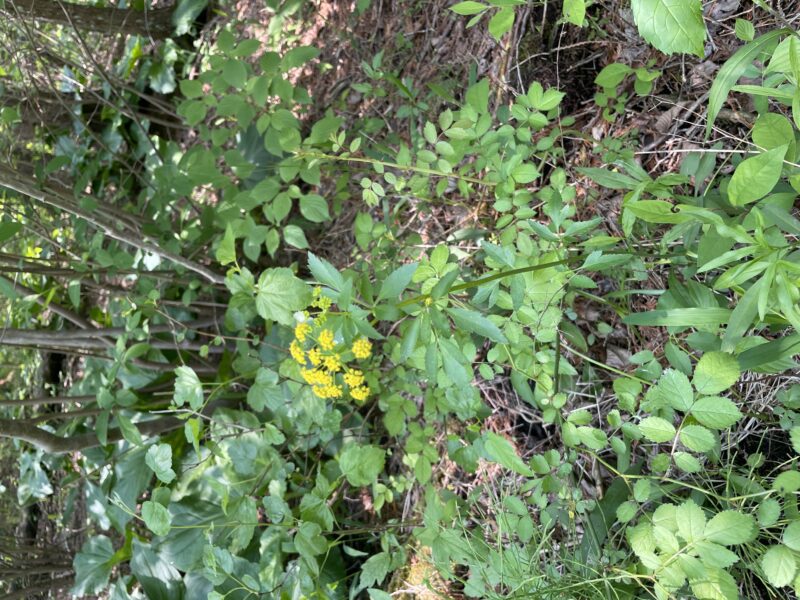
You know I was not all that confident getting prompts to find. However I was actually pretty proud of myself for trying to find it myself instead of desperately asking Ash. Sorry Ash. Of course I still had to make sure. This is a clearly yellow flower in a compound umbel, a pretty descriptive key of flowers in the apiaceae family. It is also strikingly similar to golden alexanders.
Poison hemlock (Conium maculatum)
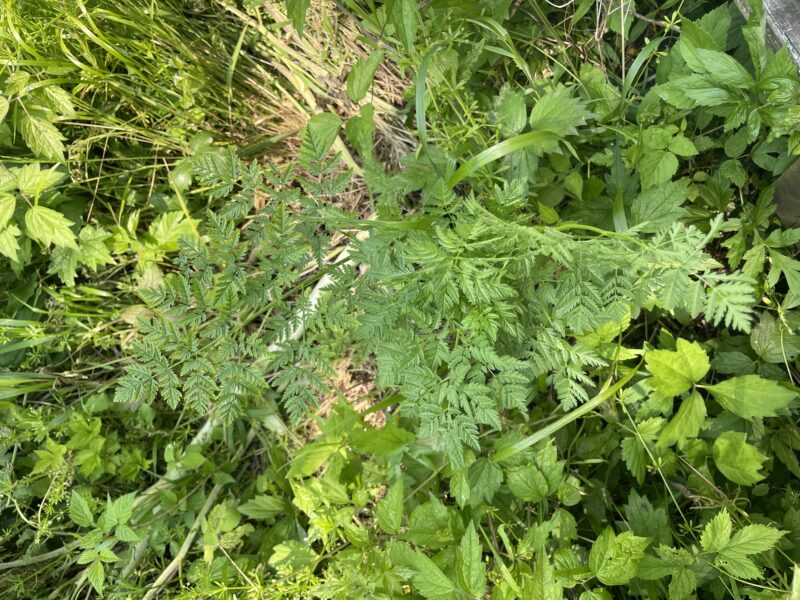
*BEWARE* This plant is poisonous if the name did not already dissuade you! No, it isn’t just a quirky name and you should not consume it. Some nice information I learned about this class is that you can tell if it’s poison hemlock by seeing if there are purple dots on the stem. Scary!! It is all of the poison brewing and bubbling preparing to murder. We should not all have to be Socrates if you know what I mean :/ .
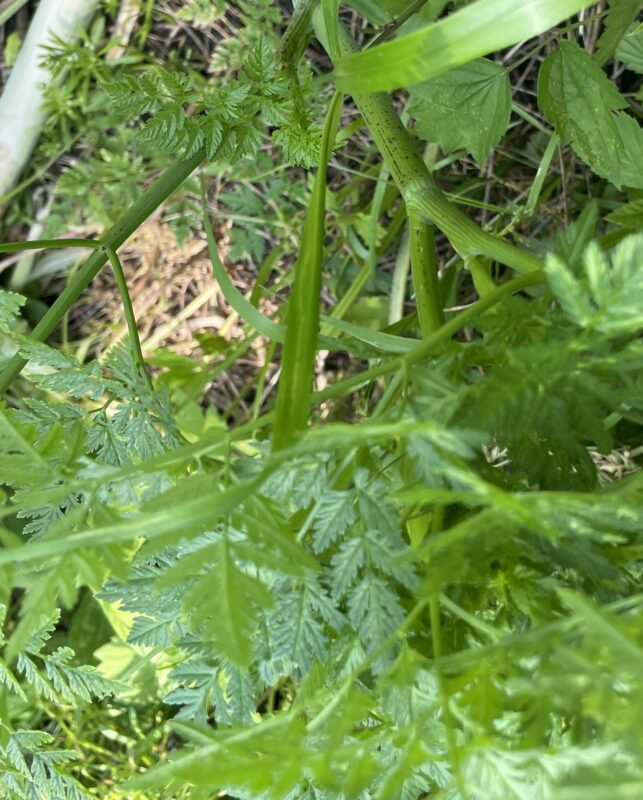
This is just a better view of those purple spots of poison! Be careful.
Another interesting bit I learned is that cedar bog is home to some rare plants, so it acts like a conservatory in a way! A coefficient of conservatory is a plants tolerance to certain conditions. A higher coefficient indicates that that plant is less likely to handle disturbances as openly. I’m not sure that the pictures I took contain too many plants on the conservation list. However, we do have coefficients of conservation for the plants I managed to snag images of!
Shrubby cinquefoil (Potentilla fruticosa)
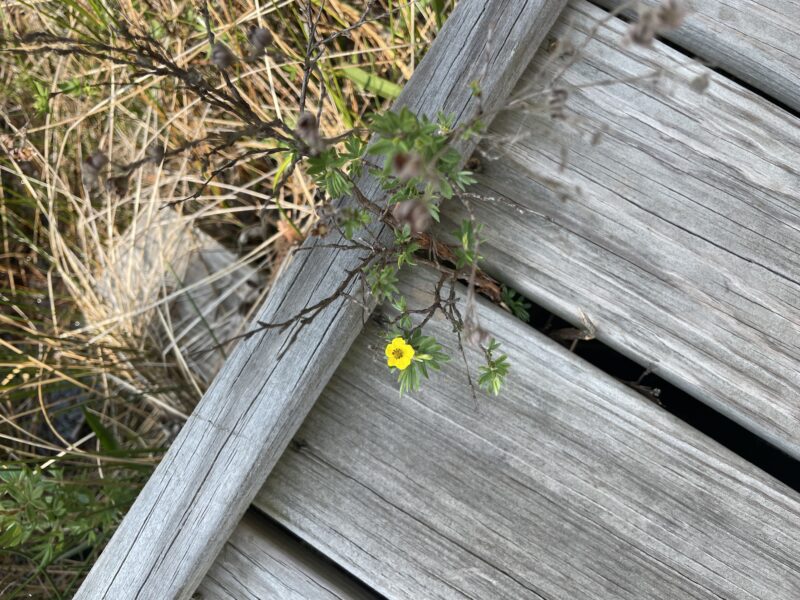
CC of 10
Climbing prairie rose (Rosa setigera)

CC of 4
Ohio spiderwort (Tradescantia ohiensis )
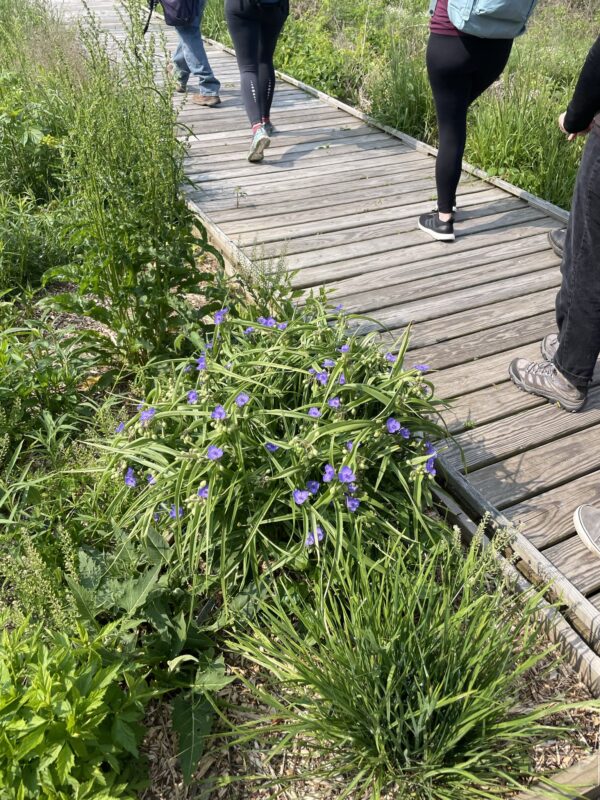
CC of 5
Northern white cedar (Thuga occidentalis)
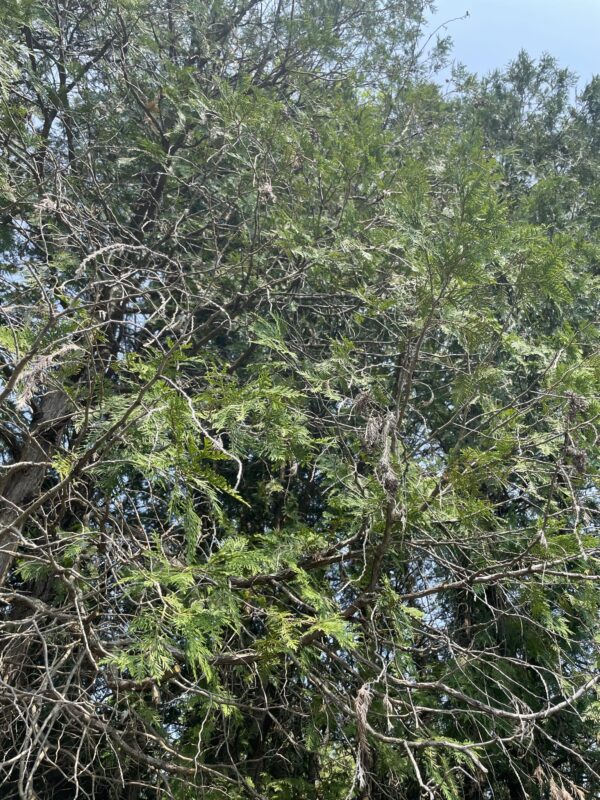
CC of 9
We also ran into some ash trees. I’m glad we had this little lesson because I honestly had trouble identifying the ashes. Or distinguishing them!
Green ash (Fraxinus pennsylvanica)
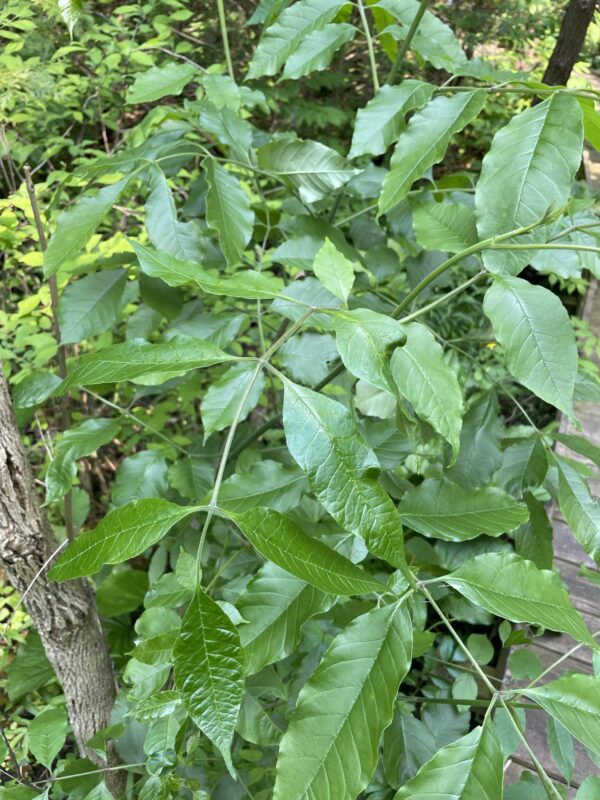
As you’ll see coming up, the green ash is glossier than the black ash. Green for glossy!
Black ash (Fraxinus americana)
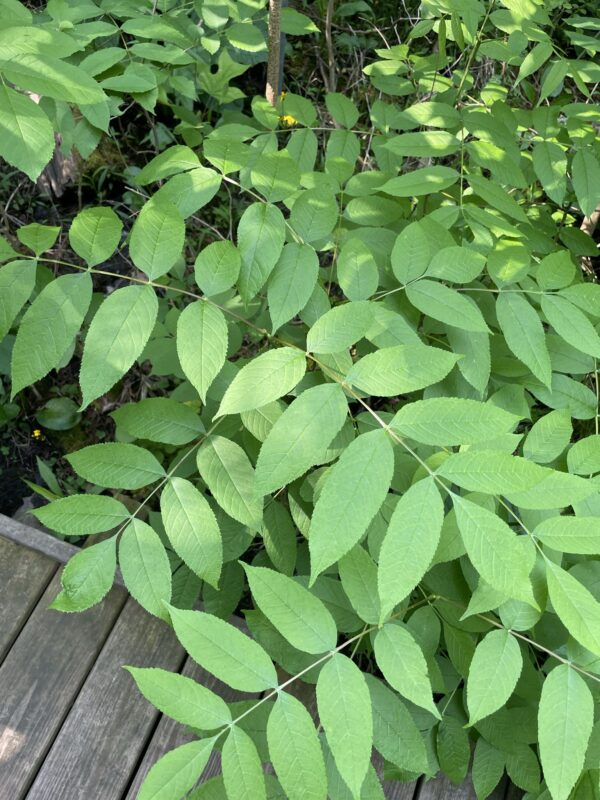
We were able to separate these because for one, the green ash is glossy but also the green ash has longer stems for the leaflets! Such a cool minor detail!
Who would have thought we would be doing math here. I don’t have anything against math, so I guess I’ll explain. To calculate a floristic quality assessment index, we have a formula. We also have some plants to include in that assessment.
Swamp forest species list:
FQAI: 12.7
- Caltha palustris /Marsh marigold/ CC-6/ OBL
- Iris viginica /Southern blue flag/ CC- 6/ OBL
- Lindera benzoin /Spicebush/CC- 5/ FACW-
- Senecio aureus /Golden ragwort/CC-4/FACW
- Symplocarpus foetidus /Skunk cabbage/CC-6/OBL
- Ranunculus septentrionalis /Northern swamp buttercup/CC-4/FAC
Sedge meadow species list:
FQAI: 20.4
- Dasyphora fruticosa /Shrubby cinquefoil/CC-10/FACW
- Drosera rotundifolia /Round leaved sundew/CC-7/OBL
- Betula pumila /Swamp birch/CC-10/OBL
- Valeriana uliginosa /Swamp valerian/CC-10/FACW+
- Toxicodendron vernix /Poison sumac/CC-7/OBL
- Utricularia minor /Lesser bladderwort/CC-6/OBL
Information sourced from:
https://mdc.mo.gov/discover-nature/field-guide/meadow-parsnip
https://extension.psu.edu/poison-hemlock-facts-about-this-early-season-weed
